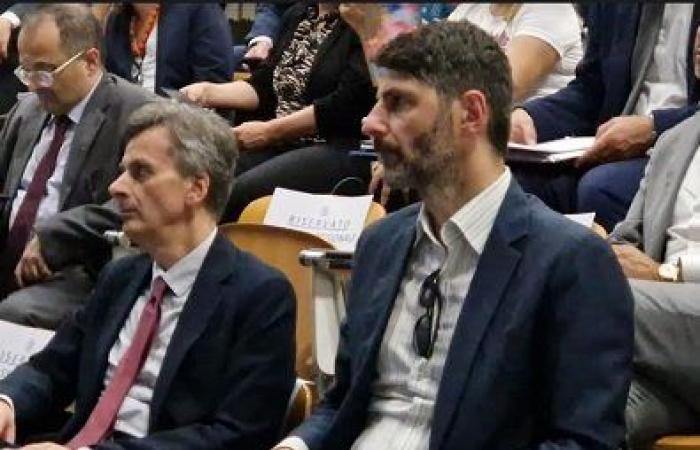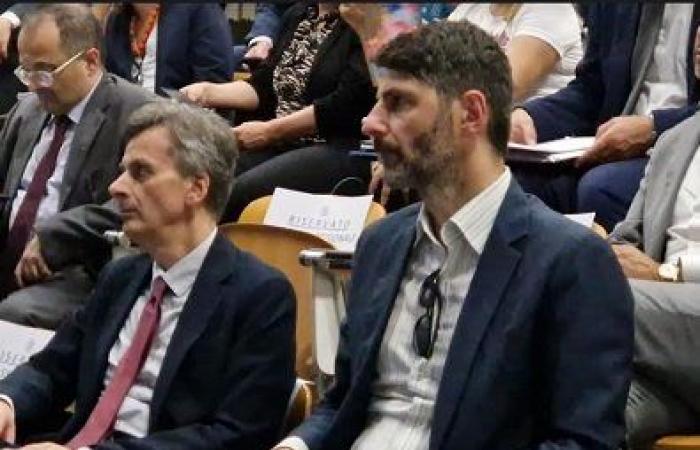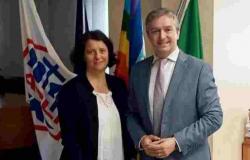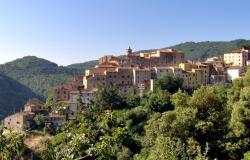«Molise’s economic growth in 2023 essentially reflects the difficulties of the national context, with a GDP that still shows too slow growth and a collapse in industrial investments. If these data were to be followed, in the near future, by the definitive blocking of ACC’s Gigafactory project in Termoli, a good portion of the regional economy linked to the automotive sector would risk a collapse, with unfortunately easily imaginable social consequences; this is why we are constantly following the problems directly and with great attention, with the sole aim of being proactive, convinced that the ACC project can also have positive connections with other car manufacturers present in our regional territory”, he declared the regional councilor of the 5 Star Movement, Roberto Gravina, regarding the annual report of the Bank of Italy on the economy of Molise, presented in a public meeting in the “Vincenzo Cuoco” Aula Magna of the Legal Department of the University of Molise.
«Domestic demand has been held back by inflation, still at high levels, and by the rise in interest rates. This scenario requires targeted interventions to stimulate local consumption and investments. It is essential, above all, to support businesses with tax incentives and easier access to credit, especially for small and medium-sized businesses”, added Gravina.
“The recorded increase in companies’ liquid assets and a reduction in their debt to the banking sector represent a signal that we must take to work to ensure that there are the right conditions to further strengthen the financial stability of our companies”, stated Gravina, underlining how «We must make the most of the PNRR funds to strengthen infrastructure. It is no coincidence, in fact, that the construction sector has benefited vigorously from the PNRR projects and, after the strong increase in the 2021-22 two-year period, we found ourselves faced with a stabilization of hours worked at values well above those preceding the pandemic crisis, this is also thanks to the tax incentives for building redevelopment (Superbonus) much opposed by the Meloni government”.
«Local public spending itself – added councilor Gravina – has increased thanks to the investments of the PNRR, with the consolidated debt of local administrations decreasing. Continuing to invest in infrastructure and public services, to support economic growth and improve the quality of life of citizens, becomes more necessary than ever, also given that inflation has eroded families’ real incomes, consequently reducing their power to ‘purchase. It is urgent, in this sense, to adopt measures to support family income with the objective of a sustainable and inclusive development model for a Molise that grows without leaving anyone behind and that puts people’s well-being and the strengthening of the economic fabric at the center – Gravina said in conclusion – offering opportunities to all the communities of the region and to all its inhabitants”.







